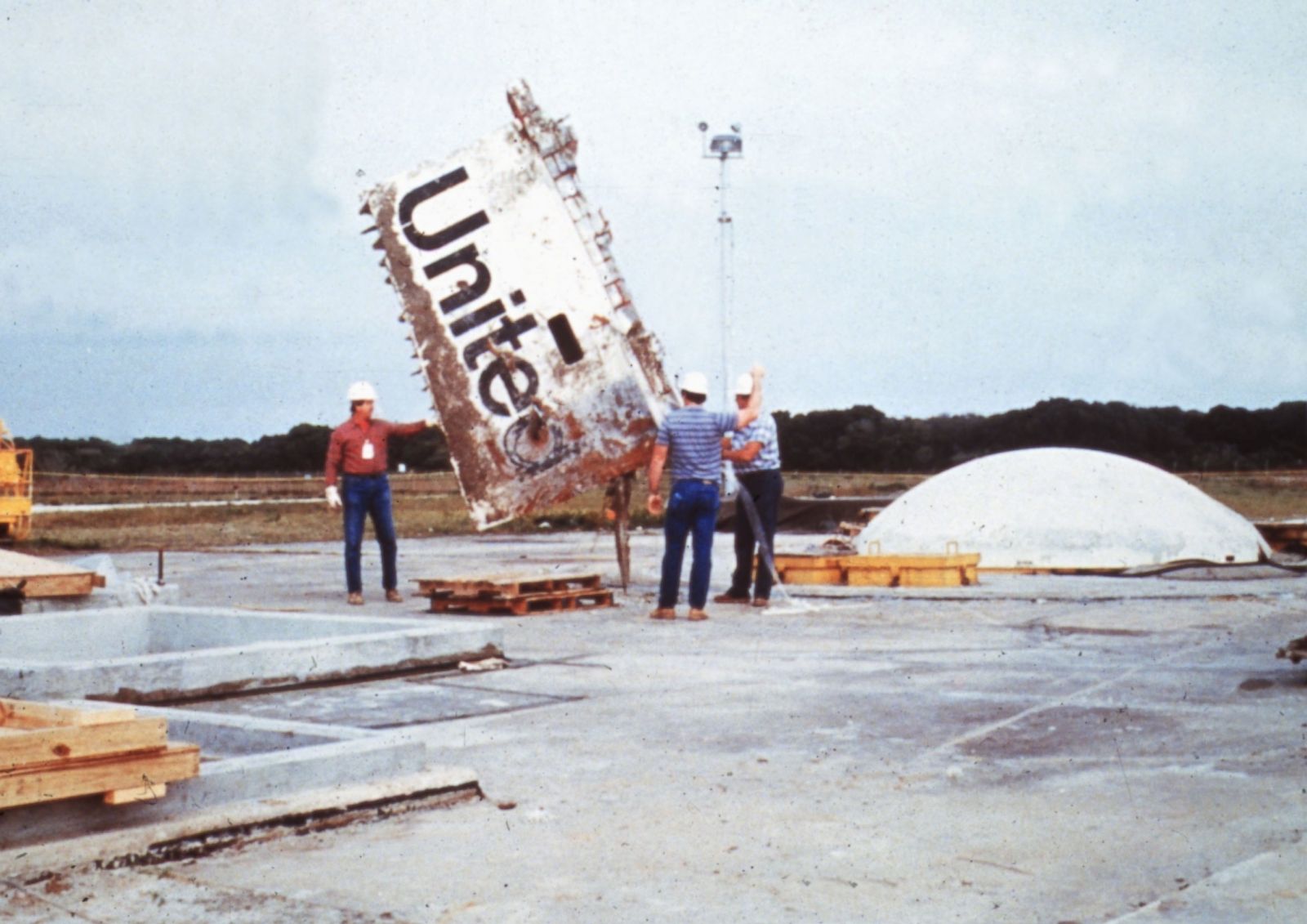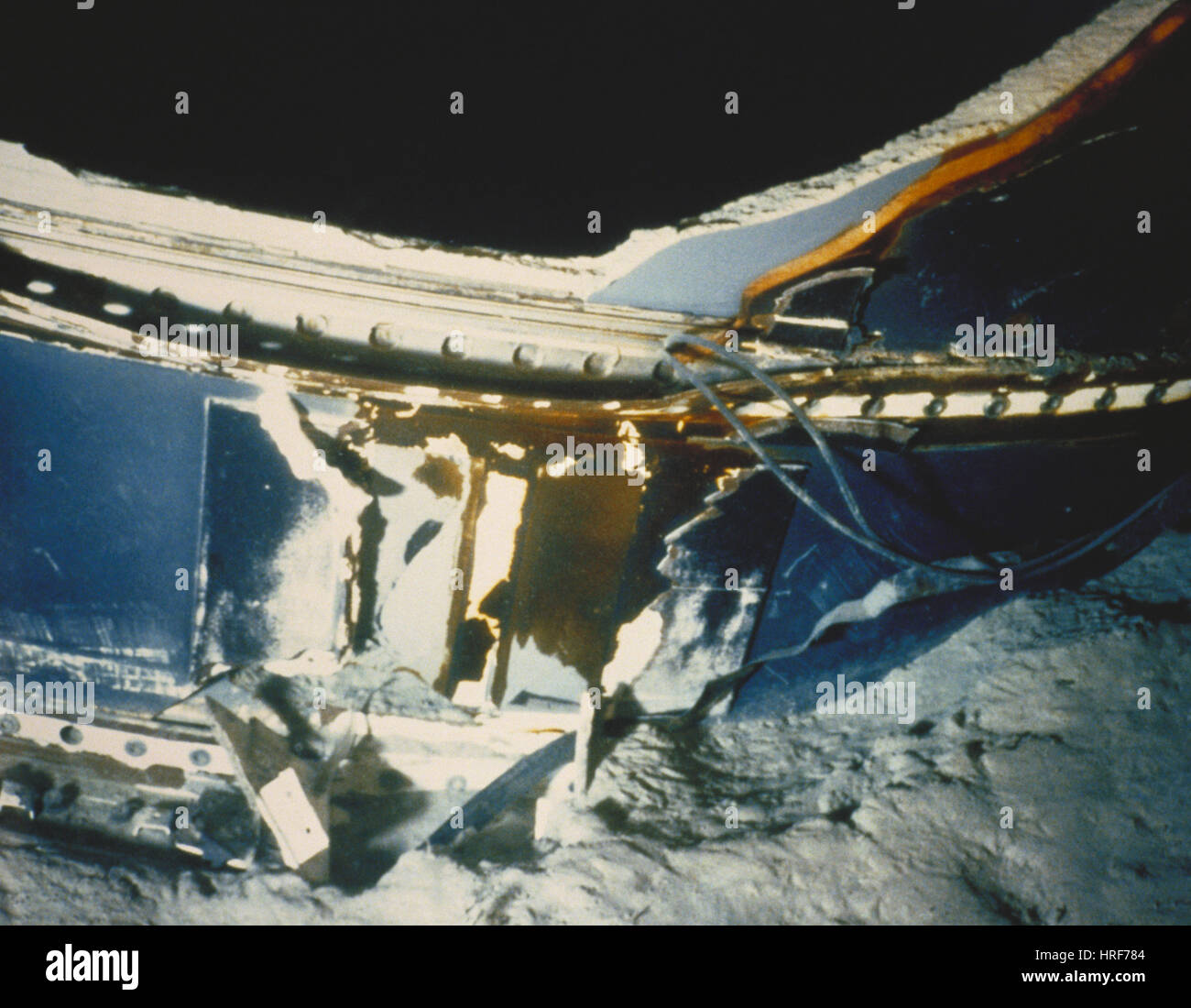On January 28, 1986, the world watched in shock as the Space Shuttle Challenger disintegrated just 73 seconds into its flight. This tragic event left a lasting impact on the global community and reshaped NASA’s approach to space exploration. The remains of the Challenger continue to be a focal point for reflection, research, and remembrance. Today, we delve deep into the story behind the Challenger remains, uncovering the facts, the mysteries, and the lessons learned from this historic disaster.
The Challenger tragedy is more than just a moment in history; it’s a reminder of the risks and challenges of space exploration. As we explore the remains of the Challenger, we uncover not only the physical remnants but also the emotional weight they carry. This article will take you on a journey through the debris field, the recovery efforts, and the enduring legacy of the Challenger mission.
From the initial shock of the explosion to the painstaking recovery process, the story of the Challenger remains is one of resilience, determination, and a commitment to learning from the past. Let’s dive in and uncover the details that have shaped our understanding of this pivotal moment in space history.
Read also:Mollyandjordy The Phenomenon Everyones Talking About
Table of Contents
Biography of the Space Shuttle Challenger
Recovery Efforts and the Search for Remains
Location of the Challenger Remains Today
The Significance of the Challenger Remains
Lessons Learned from the Challenger Disaster
Memorials and Tributes to the Challenger Crew
Read also:Magazine Noodle The Ultimate Comfort Food You Didnrsquot Know You Needed
Current Research on the Challenger Remains
Public Awareness and Education
Biography of the Space Shuttle Challenger
Before we dive into the remains, let’s take a step back and look at the life of the Space Shuttle Challenger. This orbiter was the second shuttle to join NASA’s fleet and became a symbol of innovation and progress. Launched in 1983, Challenger completed nine successful missions before its ill-fated tenth flight.
Challenger was designed to push the boundaries of space exploration, carrying out experiments and deploying satellites. Its most famous mission, STS-51-L, was supposed to mark a new era in space travel by including the first teacher in space, Christa McAuliffe. Instead, it became a moment of national mourning.
Biodata of the Challenger
| Launch Date | April 4, 1983 |
|---|---|
| Manufacturer | Rockwell International |
| Number of Missions | 10 (including STS-51-L) |
| Crew Size | Up to 7 astronauts |
| Final Mission | January 28, 1986 |
Recovery Efforts and the Search for Remains
The recovery of the Challenger remains was one of the largest and most challenging operations in NASA’s history. Divers, engineers, and scientists worked tirelessly to locate and retrieve debris from the Atlantic Ocean. The process was daunting, but it was crucial for understanding what went wrong.
Key locations included the ocean floor near the Kennedy Space Center, where much of the debris was scattered. Teams worked around the clock, battling harsh conditions and limited visibility. The recovery effort took months, and even today, new pieces of debris occasionally wash ashore.
Major Findings During Recovery
- Parts of the shuttle’s fuselage and wings were recovered
- Personal items belonging to the crew were found, including notebooks and equipment
- The O-ring seal failure was identified as the primary cause of the disaster
Location of the Challenger Remains Today
Today, the majority of the Challenger remains are stored in a silo at the Kennedy Space Center. This secure location ensures that the debris is preserved for future study and analysis. Some pieces have been used for educational purposes, while others remain untouched as a tribute to the crew.
Interestingly, not all of the debris has been recovered. Occasionally, new fragments are discovered by beachgoers or researchers. These findings continue to fuel interest in the Challenger story and its lasting impact.
The Significance of the Challenger Remains
The remains of the Challenger serve as a powerful reminder of the risks involved in space exploration. They also highlight the importance of safety protocols and rigorous testing. For many, the debris is a tangible connection to the astronauts who lost their lives that day.
Scientists and engineers continue to study the remains to better understand the mechanics of the disaster. This research has led to improvements in shuttle design and safety measures, ensuring that future missions are as safe as possible.
Impact on NASA’s Future Missions
- Stricter testing and inspection procedures
- Improved communication between engineers and management
- Enhanced focus on crew safety and emergency protocols
Lessons Learned from the Challenger Disaster
The Challenger tragedy taught NASA and the world valuable lessons about the importance of safety, transparency, and accountability. The Rogers Commission Report, released after the disaster, identified organizational and technical failures that contributed to the accident.
One of the most significant takeaways was the need for better communication between teams. Engineers had warned about the potential failure of the O-ring seals, but their concerns were not adequately addressed. This breakdown in communication led to tragic consequences.
Key Recommendations from the Rogers Commission
- Redesign the solid rocket boosters
- Improve management structures within NASA
- Encourage open dialogue and feedback from all team members
Memorials and Tributes to the Challenger Crew
Memorials to the Challenger crew can be found across the United States and around the world. These tributes honor the seven astronauts who lost their lives in the disaster, including Christa McAuliffe, whose dream of teaching from space inspired countless students.
One of the most poignant memorials is the Space Mirror Memorial at the Kennedy Space Center. This reflective granite wall lists the names of all astronauts who have died in the pursuit of space exploration, including the Challenger crew.
Notable Memorials
- Challenger Center for Space Science Education
- Christa McAuliffe Planetarium in Concord, New Hampshire
- Challenger Seven Memorial at Arlington National Cemetery
Current Research on the Challenger Remains
Even decades after the disaster, researchers continue to study the Challenger remains. Advances in technology have allowed for more detailed analysis of the debris, providing new insights into the mechanics of the explosion.
Recent studies have focused on material science, examining how the shuttle’s components performed under extreme conditions. This research has applications beyond space exploration, contributing to advancements in aviation and engineering.
Technological Advancements Inspired by the Challenger
- Improved heat shield materials
- Enhanced rocket engine designs
- More robust safety systems for spacecraft
Public Awareness and Education
Public awareness of the Challenger disaster remains high, thanks in part to educational programs and documentaries. Schools and museums often include lessons about the Challenger as part of their science and history curricula, ensuring that future generations understand its significance.
Efforts to educate the public about space exploration and its risks are ongoing. Organizations like the Challenger Center work to inspire students to pursue careers in STEM fields, carrying forward the legacy of the Challenger crew.
Frequently Asked Questions
Here are some common questions about the Space Shuttle Challenger remains:
Where are the Challenger remains located?
Most of the debris is stored in a silo at the Kennedy Space Center, while some pieces are used for educational purposes.
Why is studying the remains important?
Studying the remains helps scientists and engineers understand the causes of the disaster and improve future designs and safety measures.
Are there any ongoing recovery efforts?
While major recovery efforts concluded in the 1980s, new pieces of debris occasionally wash ashore, leading to occasional discoveries.
Conclusion
The Space Shuttle Challenger remains are more than just physical artifacts; they are a testament to the courage and determination of those who dared to explore the unknown. Through the study of these remains, we continue to learn and grow, ensuring that the legacy of the Challenger crew lives on.
As we reflect on this tragic event, let’s remember the importance of safety, transparency, and innovation in all aspects of space exploration. Share your thoughts in the comments below, and don’t forget to check out other articles on our site for more fascinating insights into the world of space travel!
And hey, if you liked this deep dive, hit that share button and spread the word. The story of the Challenger deserves to be heard loud and clear!



